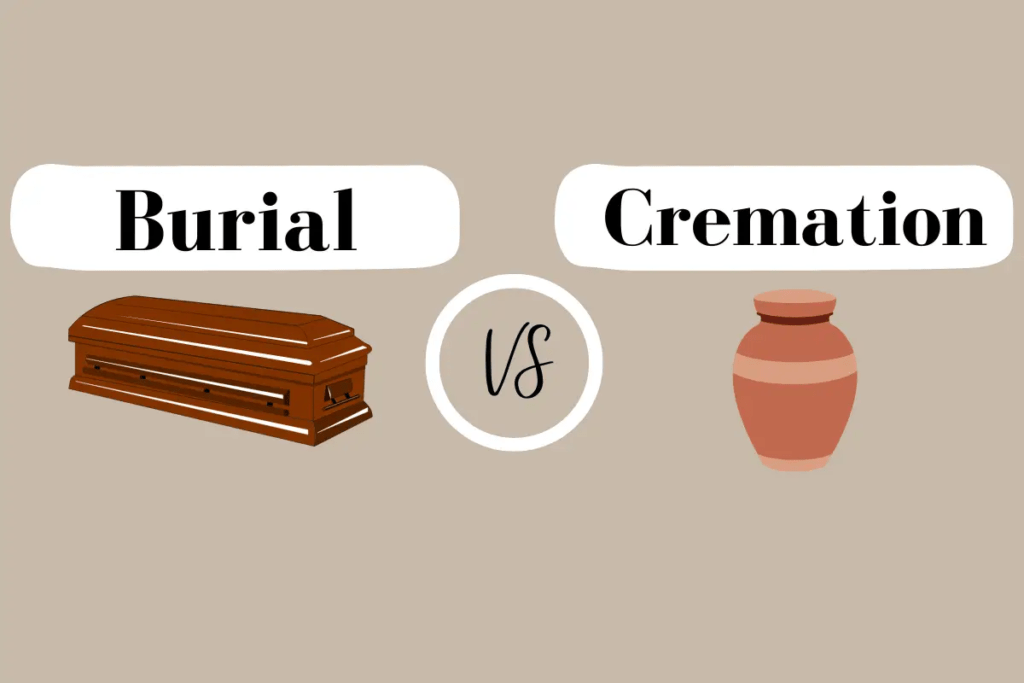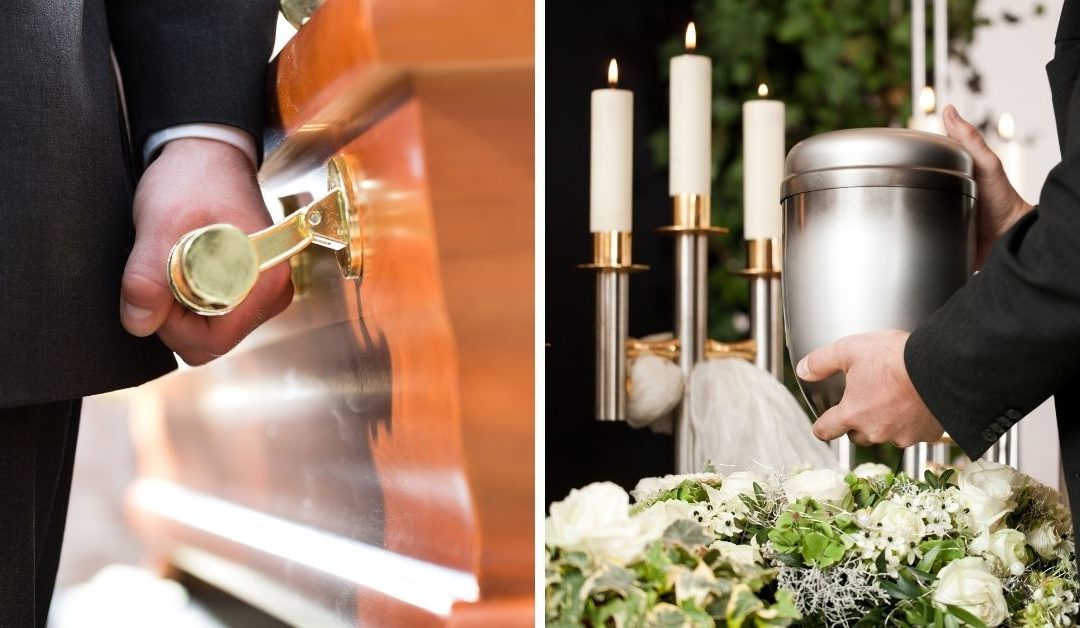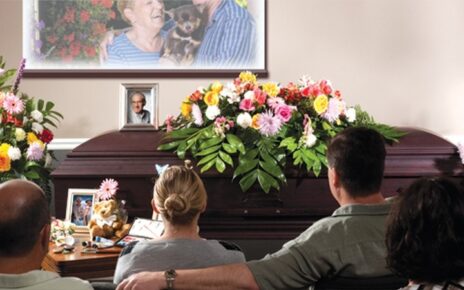Introduction
When it comes to end-of-life arrangements, one of the most important decisions individuals and families must make is whether to choose cremation or burial. Each option has its own set of issues, ranging from cultural and religious views to practical and financial concerns. In this post, we’ll look at the benefits, drawbacks, and costs of cremation versus burial, allowing you to make an informed decision during this difficult time.

Understanding Cremation and Burial
Before diving into the comparison, let’s briefly define cremation and burial:
- Cremation: Cremation involves the process of reducing a body to its basic elements through high-temperature burning and vaporization. The remains, known as cremains or ashes, are typically placed in an urn or container.
- Burial: Burial, on the other hand, is the traditional method of interring a deceased person’s body in the ground. This may involve placing the body in a casket or coffin, which is then buried in a cemetery or other designated location.
Now, let’s explore the pros and cons of each option:
Cremation Pros
- Cost-Effectiveness: Cremation is often more affordable than burial, primarily due to lower expenses associated with caskets, burial plots, and cemetery fees.
- Flexibility: Cremated remains can be kept in an urn, scattered in a meaningful location, or divided among family members, providing greater flexibility in memorialization.
- Environmental Impact: Cremation generally has a smaller environmental footprint compared to traditional burial, as it does not require land for burial plots or the use of embalming chemicals.
- Space Considerations: Cremation eliminates the need for large burial plots, making it a viable option for individuals and families facing space constraints.
Cremation Cons
- Lack of Permanent Memorial: Some individuals may find comfort in visiting a physical gravesite, which may not be available with cremation if the ashes are scattered or kept in a private location.
- Cultural and Religious Considerations: Certain cultural or religious beliefs may discourage or prohibit cremation, making it less suitable for some families.
- Perception: Despite its growing acceptance, cremation may still carry stigma or misconceptions in some communities, which could influence personal preferences or family decisions.
Burial Pros
- Traditional Memorialization: Burial provides a tangible gravesite where loved ones can visit, pay respects, and find solace, fostering a sense of connection and continuity.
- Cultural and Religious Significance: Many cultural and religious traditions view burial as a sacred and respectful way to honor the deceased, aligning with deeply held beliefs and practices.
- Permanent Legacy: Burial creates a lasting memorial that can serve as a focal point for family gatherings, commemorations, and future generations to remember and honor their ancestors.
- Emotional Closure: For some individuals, the ritual of burial, including the funeral procession and interment ceremony, can aid in the grieving process by providing closure and a sense of finality.
Burial Cons
- Higher Costs: Burial expenses, including caskets, burial plots, headstones, and maintenance fees, can be significantly higher than cremation, posing a financial burden for some families.
- Limited Space: In densely populated areas or regions with limited cemetery space, finding suitable burial plots may be challenging, leading to higher costs or logistical constraints.
- Environmental Impact: Traditional burial practices, such as embalming fluids and non-biodegradable caskets, can have a greater environmental impact compared to cremation, contributing to land and resource usage.
Cost Comparison Of Cremation And Burial
When comparing the costs of cremation and burial, it’s essential to consider various factors:
- Cremation Costs: On average, cremation costs range from several hundred to a few thousand dollars, depending on factors such as cremation services, urn selection, and any additional memorialization options.
- Burial Costs: Burial expenses can vary significantly based on factors such as casket choice, cemetery fees, plot location, and headstone design. Traditional burials typically cost several thousand to tens of thousands of dollars.
In general, cremation tends to be more cost-effective than burial, making it an attractive option for individuals and families seeking a budget-friendly alternative.
Ultimately, the decision between cremation and burial is deeply personal and should reflect the wishes and values of the deceased and their loved ones. By weighing the pros, cons, and cost considerations of each option, individuals can make an informed choice that honors their beliefs, preferences, and financial circumstances.
Conclusion
In conclusion, cremation and burial represent two distinct approaches to honoring and memorializing the departed. Whether opting for the simplicity and flexibility of cremation or the tradition and permanence of burial, the most important aspect is ensuring that the chosen arrangement provides comfort, closure, and dignity for both the deceased and those left behind.





hello